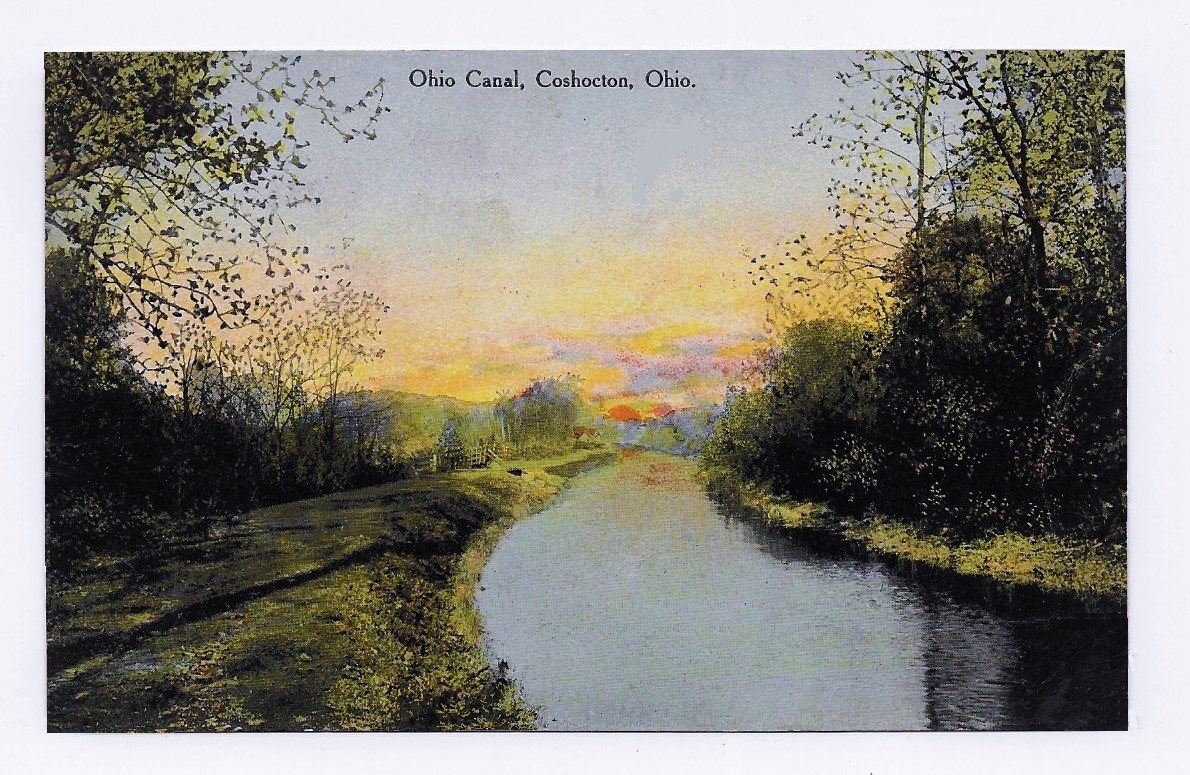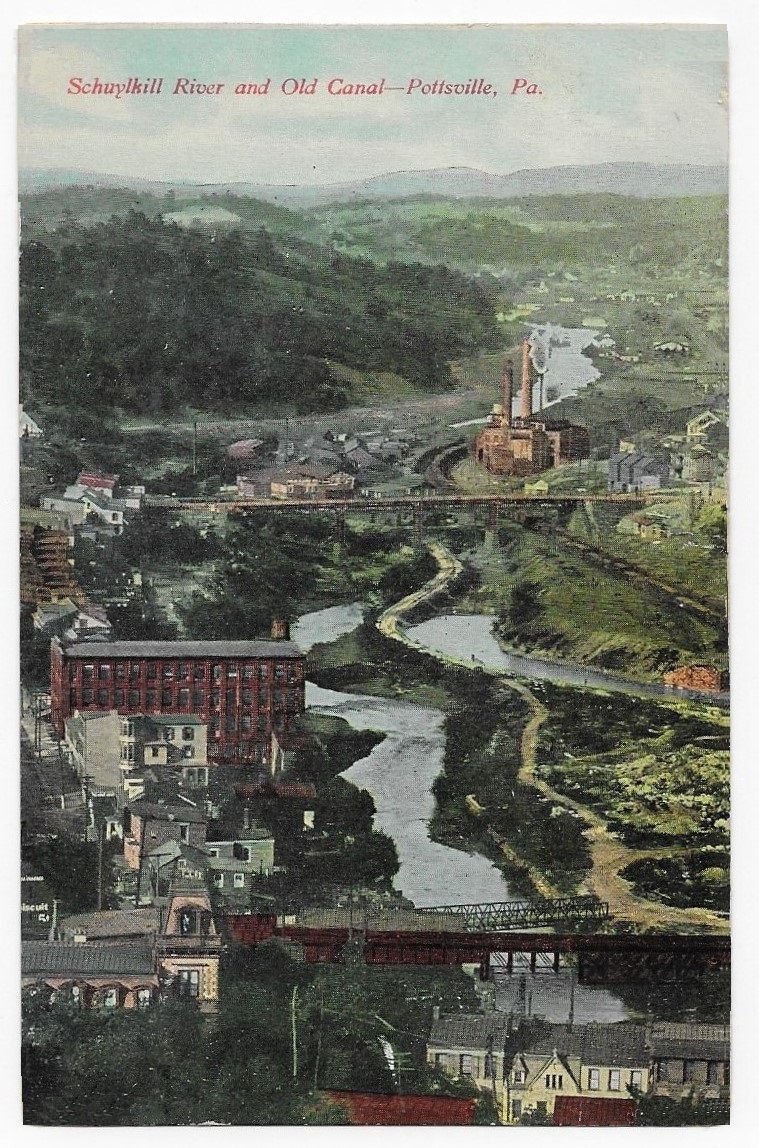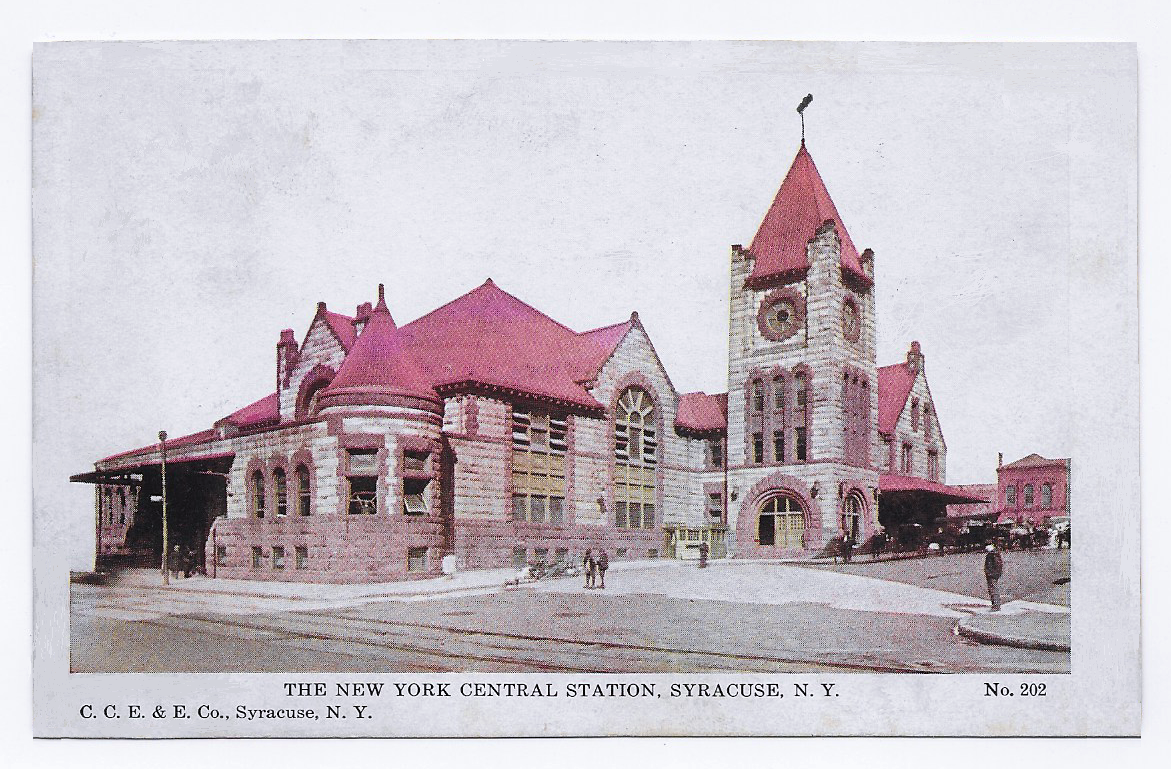
Transportation
From Point A To Point B.
The early years of the twentieth century saw continuous innovation and change in transportation.
The trends – fewer horses, more automobiles, faster rail service, new aircraft designs- accelerated in each successive year.
Many families, especially those in rural areas, depended upon a horse-pulled buggy for routine transportation.
Farm produce was transported to local markets by horse-drawn wagons, while railroads shipped goods to distant places.
In the early 20th century, the railroad stations were in the center of the town, as illustrated in numerous postcard photographs. This made the station a center of merchandise unloading as well as accommodating passenger traffic.
The cinders of the trains contributed to the grime that was often visible along the urban train track.
At the dawn of the 20th century, one could still see horse-pulled carriages for the well-to-do, and horse-
drawn hacks for those moving about the downtown.
But the subway, the elevated railway, and the electric trolley car were transforming the street scene.
In postcard illustrations, one can observe the rapidly-passing scene of horse-drawn vehicles and trolley cars vying for passage in the streets of towns and cities.
Automobiles, once a rare sight and a spectacle to onlookers, overlapped and then replaced more horse-powered conveyances.
The popularity of the automobile increased throughout the era as mass production reduced the cost of new cars and competitive innovation improved comfort and safety.
In the air, the dirigible was more prominent in the sky and in postcard illustrations.
Although aircraft were rapidly being developed for military purposes around the world in 1920, there was little activity in developing air transportation for civilian passengers.
The world-wide celebration of Charles Lindbergh and his successful trans-Atlantic flight in 1927 marks the beginning of greater prominence of airplanes in postcard illustrations.
The decision by the US Post Office to nurture aircraft development for eventual mail delivery helped to spur general interest in airplanes, and they begin to appear more often in postcard art

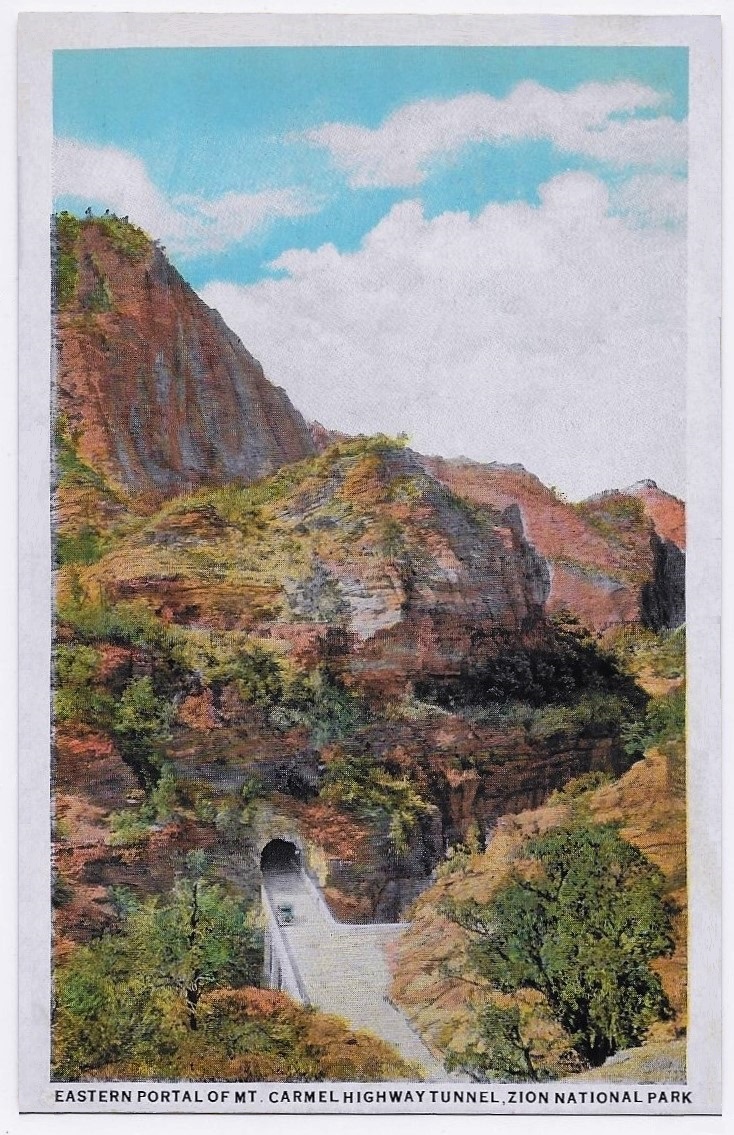
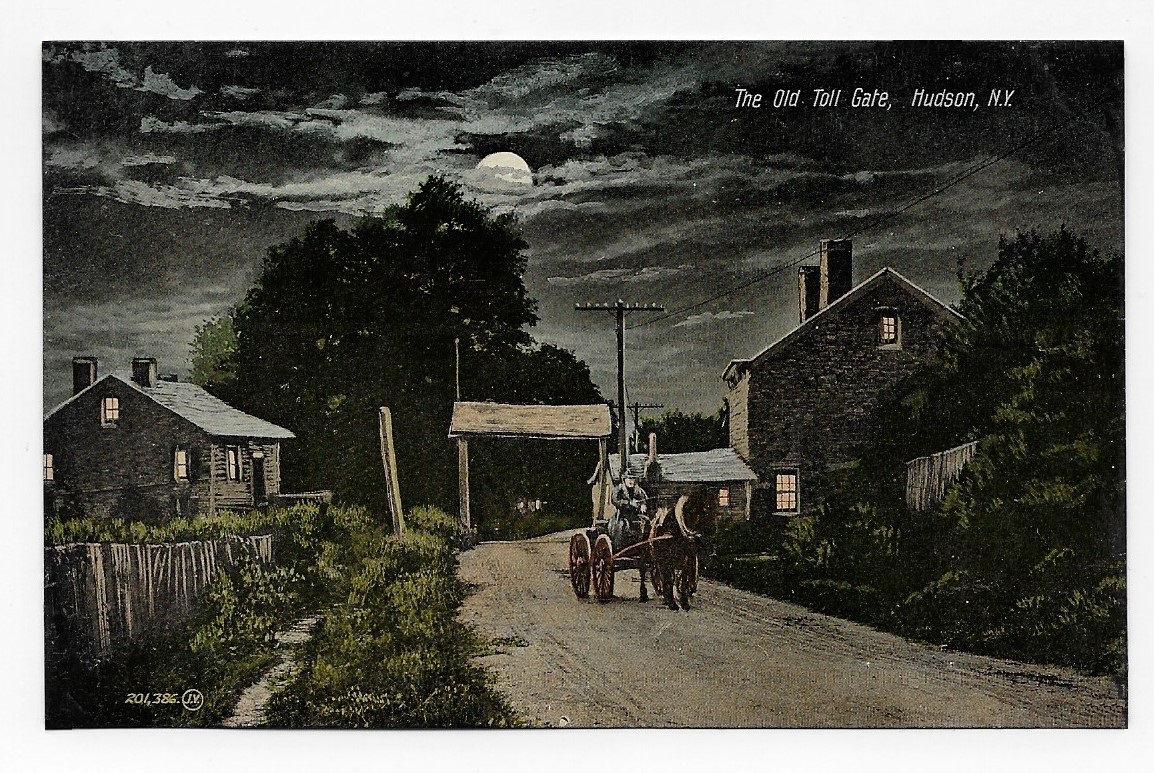
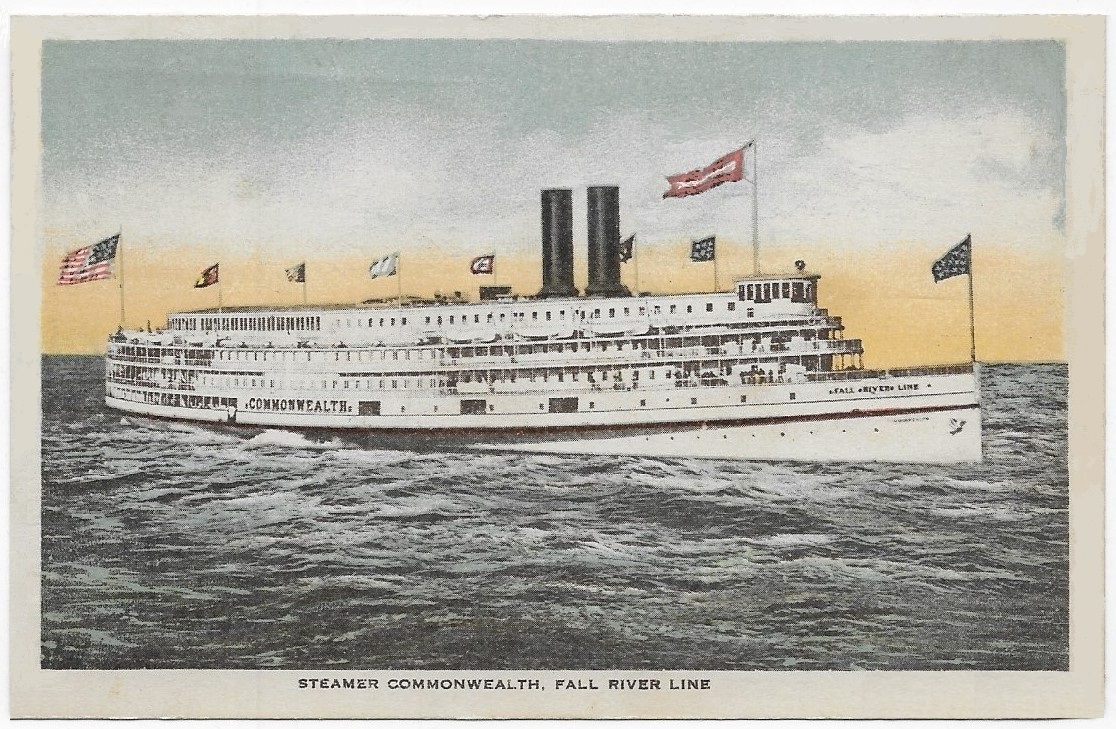
“Taking the Steamer to New York” – Wauwatosa, Wisconsin (1922)
